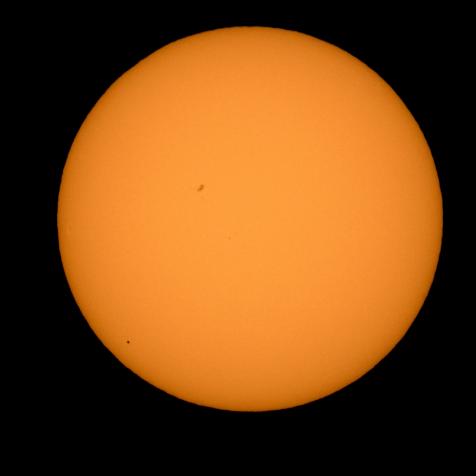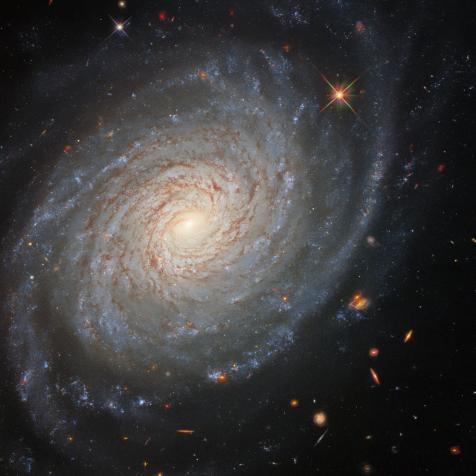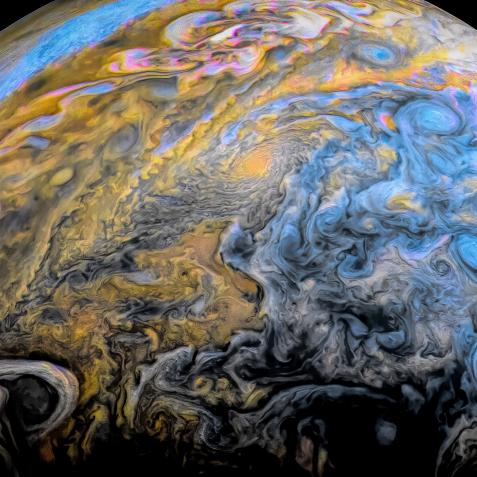
NASA
Yet Another Exoplanet That You’ll Never Want to Visit

Ready for an exotic vacation? How about…really exotic? Tired of tropical beaches or snow-covered mountains? Let’s go…out of this world.
Sorry, I couldn’t resist. Exoplanets are just cracking me up at this point and seems like the solar systems of our galaxy were created by some very drunk aliens in a vast game of trying to out-weird each other. Here’s the latest entry: exoplanet GJ 367b.
Identified with NASA’s TESS (Transiting Exoplanet Survey Satellite) observatory and confirmed with the European Southern Observatory in Chile, GJ 267b is located about 30 light-years away from Earth.
This world has only 72% the radius of the Earth but only a little more than half its mass. It’s so close to its parent star that a “year” on GJ 267b is only 7.7 of our hours long. That makes GJ 267b to be the first known ultrashort-period planet (a kind of planet with years measured in days) that is smaller and lighter than the Earth.
What is GJ 267b? It has a density of about 8.1 grams per cubic centimeter, which is just a little less than the density of solid iron. That suggests that the entire planet is mostly iron, surrounded by a thin, rocky crust, like the shell of a piece of candy only on the inside it’s not sugar but iron.
In our own solar system, Mercury also has a weird large iron core. It’s thought that Mercury was once a lot bigger, but suffered a major collision early in its history. That collision stripped it of all the lighter stuff, leaving behind a planet made of mostly core stuff, like iron.

NASA/Johns Hopkins University Applied Physics Laboratory/Carnegie Institution of Washington
Mercury's rugged, cratered landscape illuminated obliquely by the sun.
Perhaps something similar happened to GJ 267b. Or maybe it’s the remains of a gas giant that wandered too close to its parent star. When that happens, the heat of the star’s radiation rips away all the lighter gases like hydrogen and helium, leaving behind only the burnt-up husk.
We’ll never know what made GJ 267b so darn special. And we’re only beginning to crack the surface of what makes these ultrashort-period planets have their ultrashort periods in the first place.
In the case of GJ 267b, no matter what, it’s not fun. The world is so close to its parent star that its surface temperature is somewhere in the ballpark of 1400 degrees Fahrenheit. That’s molten-lava-hot. Across the entire face of the world. All the time, day and night. Forever.
Have a fun vacation!
Learn More about the Universe
Journey Through the Cosmos in an All-New Season of How the Universe Works
The new season premieres on Science Channel and streams on discovery+.




















